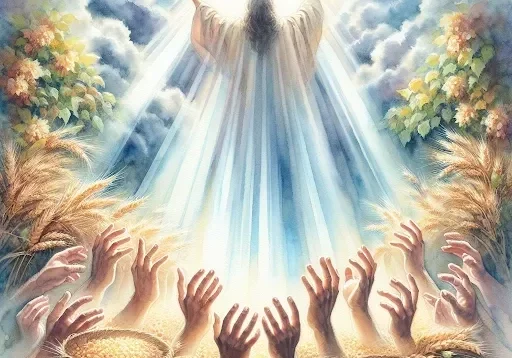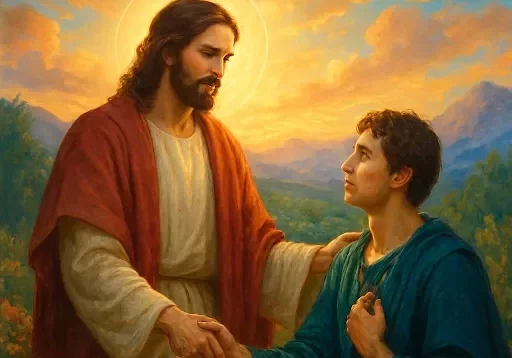What Does the Tree of Life Represent?
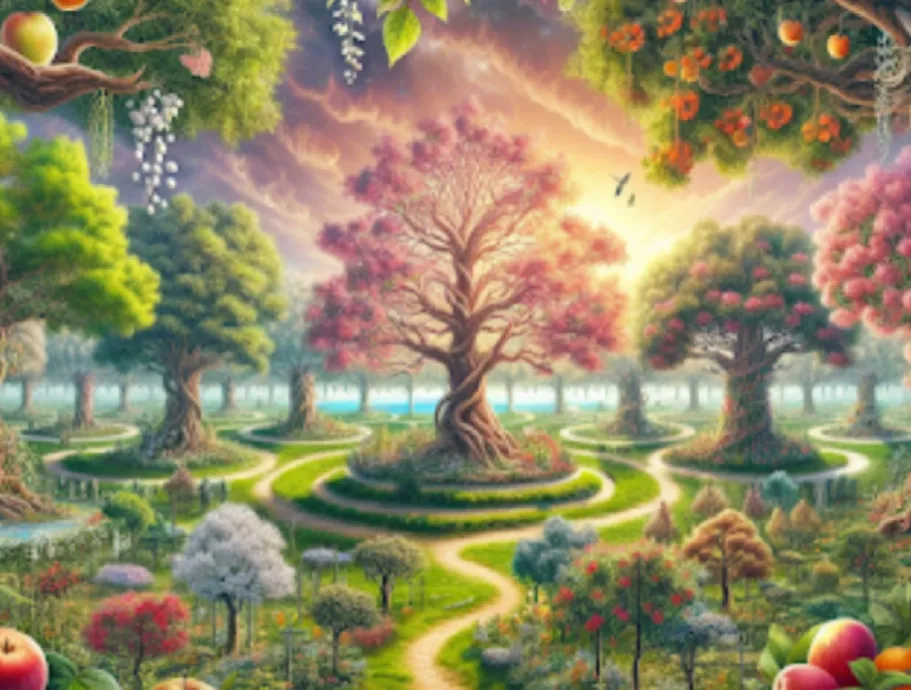
SHARE
The Tree of Life is not just a poetic image from the Book of Genesis—it is a symbol that carries deep theological meaning throughout Scripture. Rooted in the Garden of Eden and reappearing in Revelation, the Tree of Life represents God’s provision, eternal life, and fellowship with Him.
For believers, it stands as a promise of restoration, a reminder of divine purpose, and a foreshadowing of eternity.
“Out of the ground the Lord God made to spring up every tree that is pleasant to the sight and good for food. The tree of life was in the midst of the garden, and the tree of the knowledge of good and evil.”
— Genesis 2:9 (ESV)
From the very beginning, the Tree of Life was central to Eden, a garden created not only for beauty but for intimacy with God. It stood as a symbol of life unending—a gift to Adam and Eve if they walked in obedience. But their sin led to exile and separation from this tree. In Genesis 3:24, God placed cherubim with a flaming sword to guard the way, lest they eat of it and live forever in a fallen state. This wasn’t punishment without purpose—it was mercy and the beginning of redemption.
Throughout Scripture, echoes of the Tree of Life appear in wisdom literature and prophetic writings. Proverbs 3:18 refers to wisdom as “a tree of life to those who lay hold of her.” Here, the metaphor deepens: spiritual wisdom is a means to life, and ultimately, Christ is the wisdom of God (1 Corinthians 1:24). In Him, we find the way back to the life we lost.
Fast forward to the final book of the Bible, where the Tree of Life returns—this time, in New Jerusalem.
“To the one who conquers I will grant to eat of the tree of life, which is in the paradise of God.”
— Revelation 2:7 (ESV)
This verse isn’t just poetic language; it’s a promise. Jesus offers what Adam forfeited: eternal life with God. Revelation 22 paints a picture of a renewed creation, where the Tree of Life bears fruit each month and its leaves bring healing to the nations (Revelation 22:2). No more curses. No more separation. The tree that once stood behind guarded gates now stands in the open city of God, freely accessible to His children.
So, what does the Tree of Life represent? It represents Jesus—our access to eternal life, our wisdom, and our healing. It’s not a relic of ancient theology but a living hope. In Christ, what was once lost is found again.
This biblical symbol is not just about the beginning or the end—it’s about the journey from exile to restoration. And in that journey, the Tree of Life stands as both a promise and a Person.
*Cover Photo/Thumbnail Photo from bibleart.com
RELATED ARTICLES
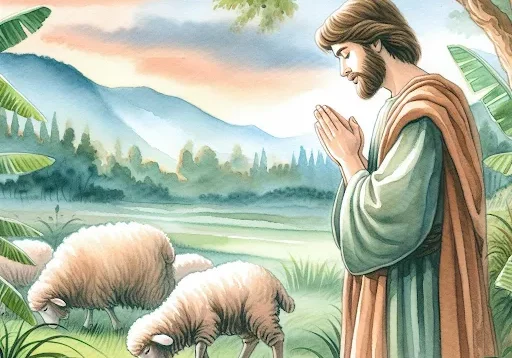
The Sacrificial Shepherd, Abel
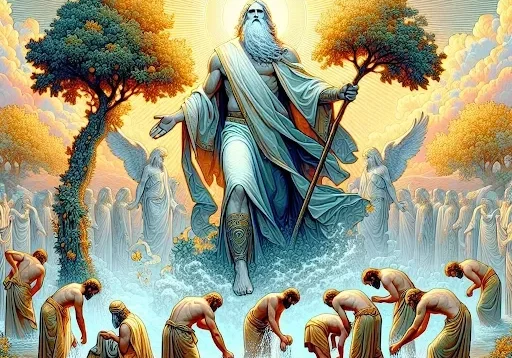
Heaven’s Boring? Bible’s Vision of Work and Joy Gives Eternity Meaning

Welcome the New Year in grand Peninsula style
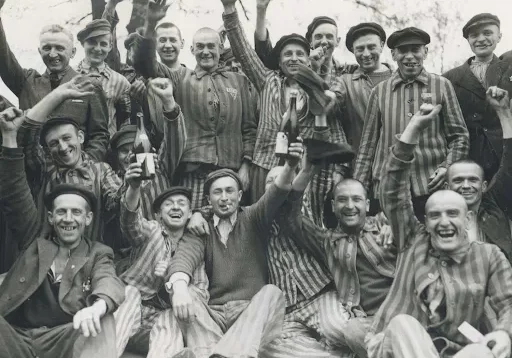
The Jews in the Holocaust



